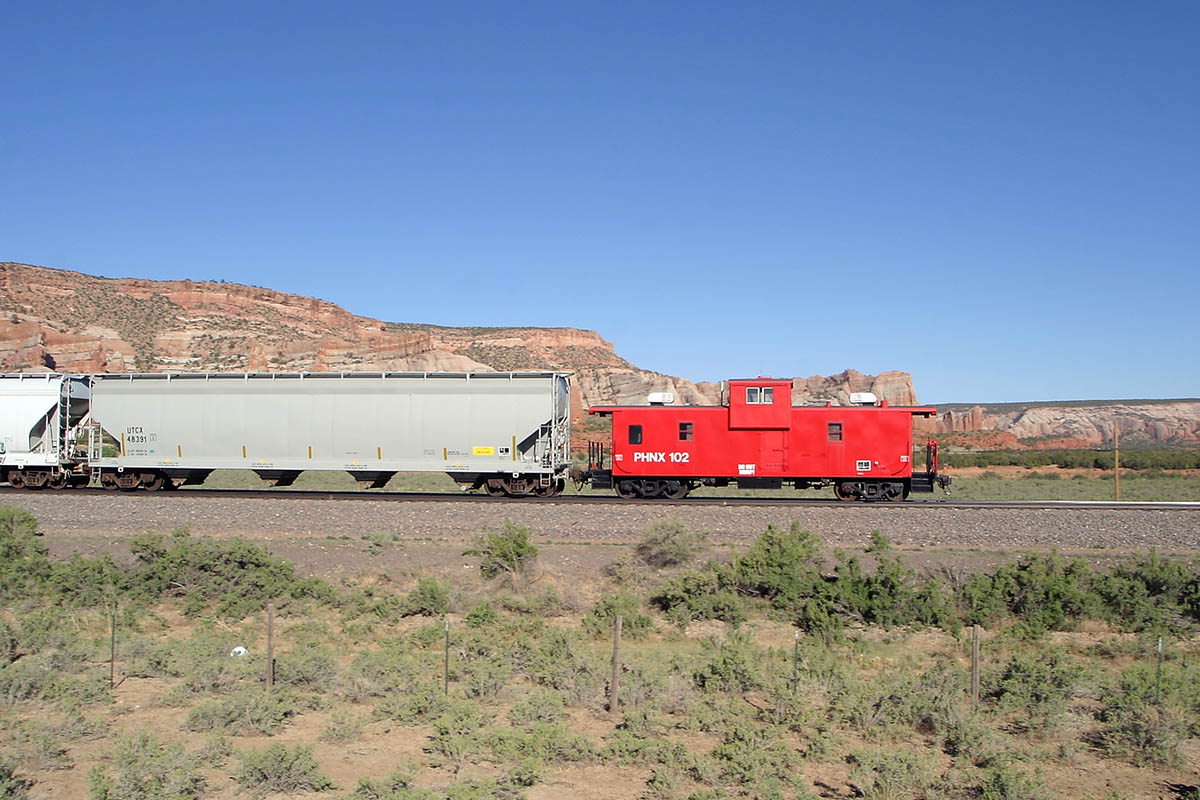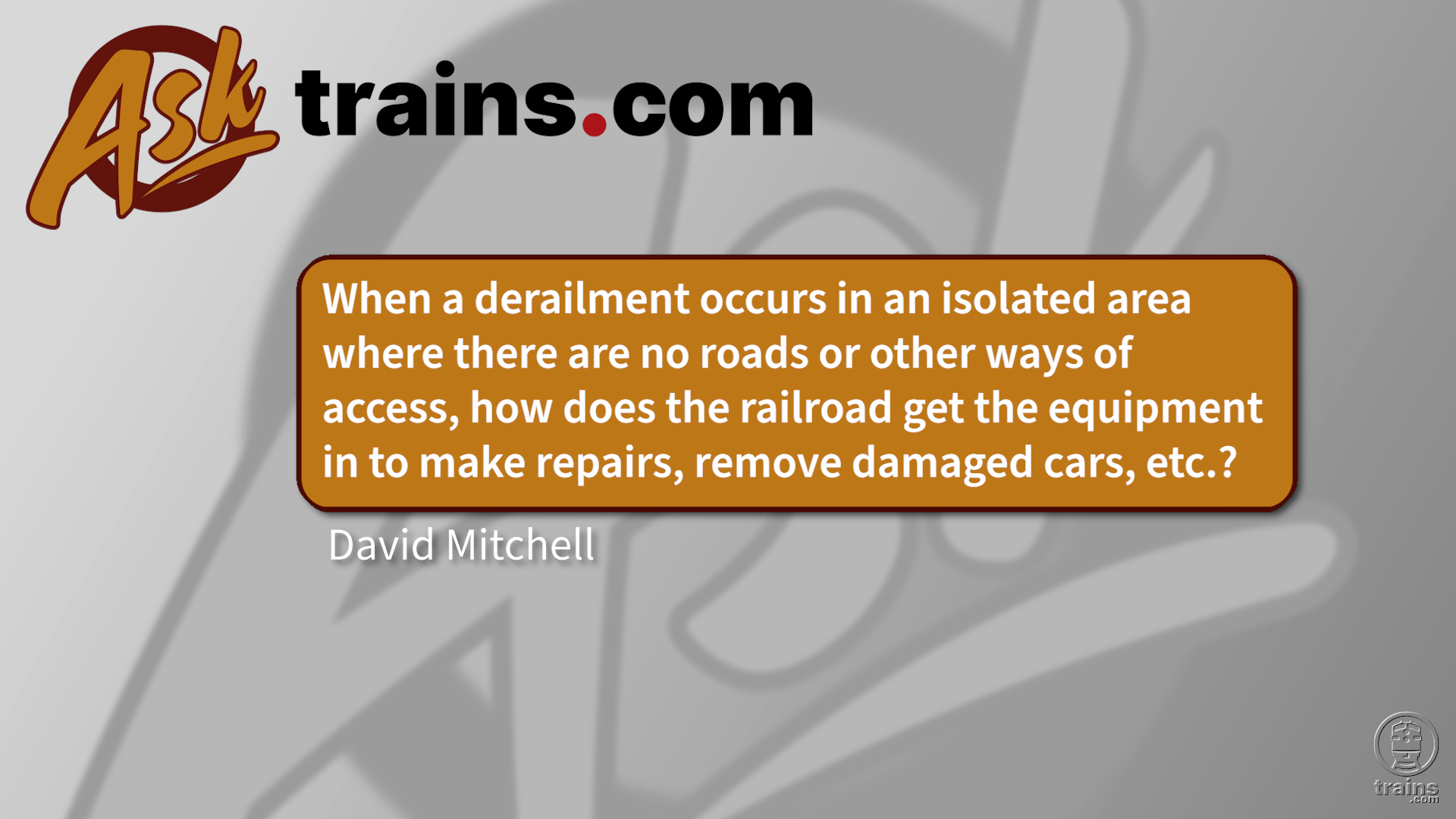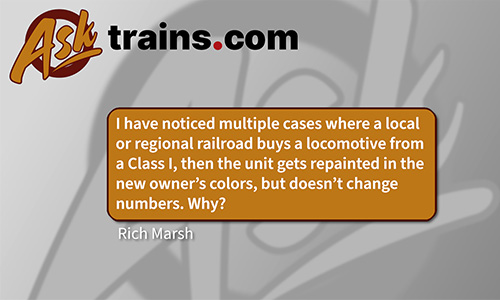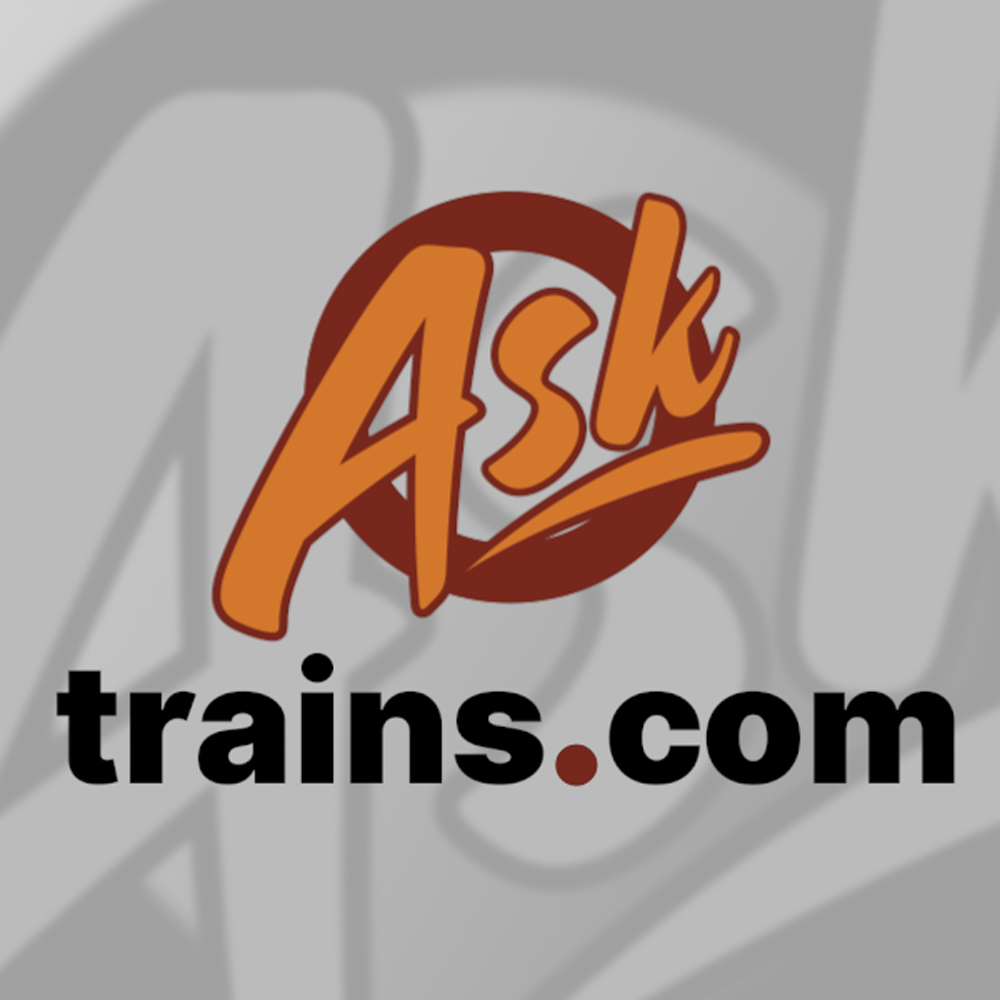A Two cabooses, Nos. 101 and 102, carry that reporting mark, and they are currently owned by Houston-based Specialized Rail Transport. The reporting marks, however, refer to PHN LLC, one of several Midwestern companies that make up Lake Superior Services.
Lake Superior Warehousing Co. Inc., another of these companies, acquired the cars in approximately 2002 (one from the former BC Rail and one from the former Duluth, Missabe & Iron Range Railway) and completely rebuilt them to accompany specialized rail car loads from the Port of Duluth to destinations principally in Alberta, Canada.
They often traveled with rail car CEBX 800, a 36-axle rail car and still the largest rail car in North America, but have escorted many other shipments. In 2009, Lake Superior Services sold them to Specialized Rail Transport. – Jonathan Lamb, vice president and general manager, Lake Superior Warehousing Co. Inc.














I really miss seeing them, and I am sure the conductor that has to walk 100 cars back to find the problem does too. The head brakeman could walk back and meet rear brakeman in middle. I remember when they called all of that “featherbedding”. My grandfather and his brothers were freight conductors and later passenger ones, and Mom used to say where would their rolling home be, no one expected it to end up in the cab. She always said train w/o caboose looked like dog without a tail. But I know in the name of saving money they will never be back nor will a 5 or 6 man crew.
The caboose, or Cabin car is gone because of a change in safety rules, mostly at the Federal level. Cabin cars are a non-revenue car in the freight car class. Because humans ride in them, they required amenities that regular freight cars did not. As such, they were more expensive to maintain, and service, but not generating any revenue, were there only because safety regulations required them. When Federal regulations changed, the railroads were quick to dump most of them, thereby eliminating the expense of maintaining them.
Locomotive cabs were being built with more “crew” space, and seating, so the Conductor, and head end brakeman could ride in the cab. The “Fireman” was no longer needed (on diesels, or electrics), and finally government regulations, and union contracts allowed the railroads to eliminate that unnecessary position. The advent of the FRED, or ETD (same thing) made it unnecessary to have a human being on the rear end of the train to monitor the brake line air pressure, as most modern FREDs have that feature included in their system.
Personally, I love cabin cars. Wish they still operated, but understand the need to trim expenses in any business. So, while I miss them, they are a thing of the past.
Horse
Why Did They Stop Using The Caboose ? I Grew Up In JOHNSTOWN , OHIO .I Loved Watching The Train . I Was Wondering Why They Took The Train Out Of JHONSTOWN , OHIO . The Farmers Took Their Corn And Wheat To Be Loaded On The Train For Shipment . GOD BLESS YOU !!!!!!!!!!!!!!!!!!!
PAUL V. WADE SR
Amen….
There probably is an end of the train device on the rear of the caboose. The caboose is much more noticeable.
Its good to see cabooses rather than end of train device